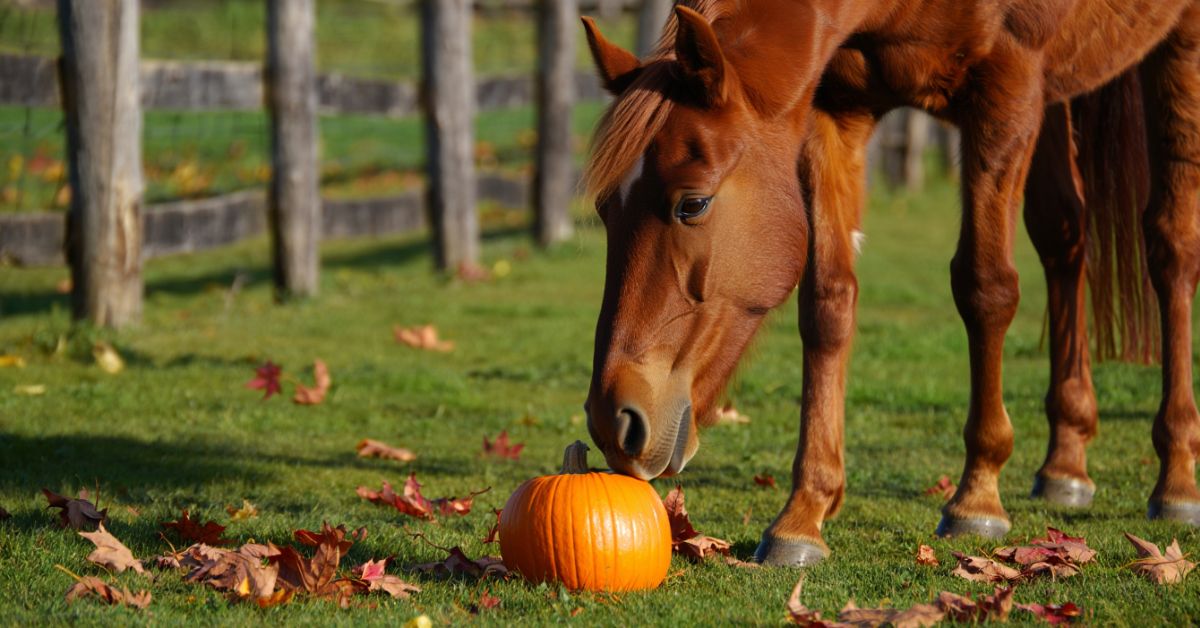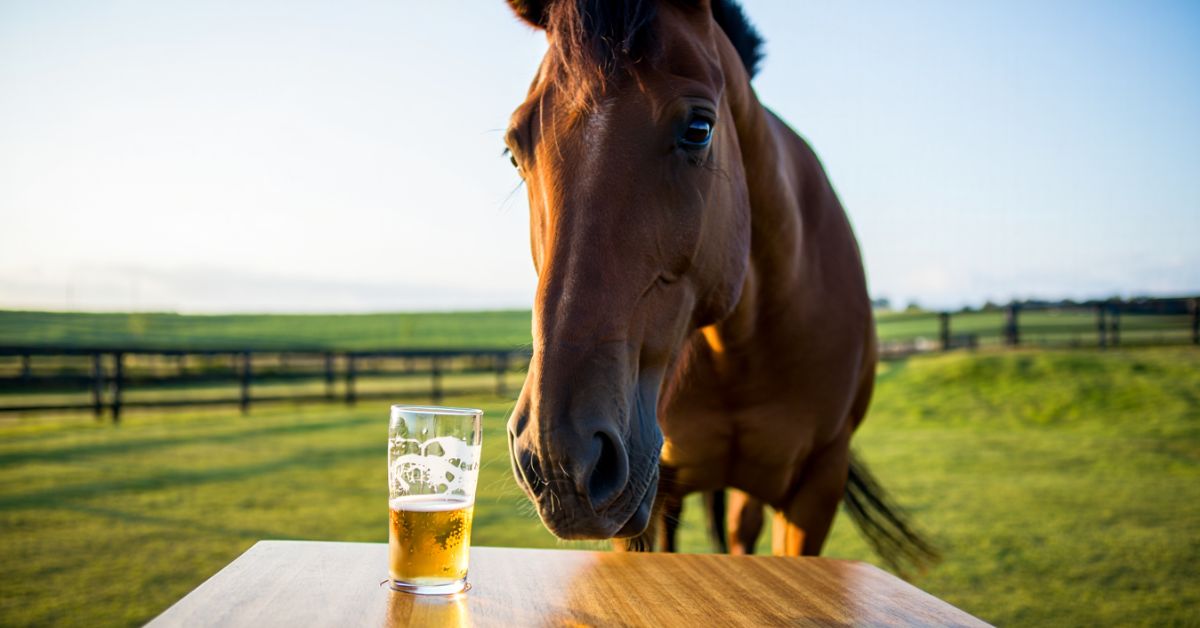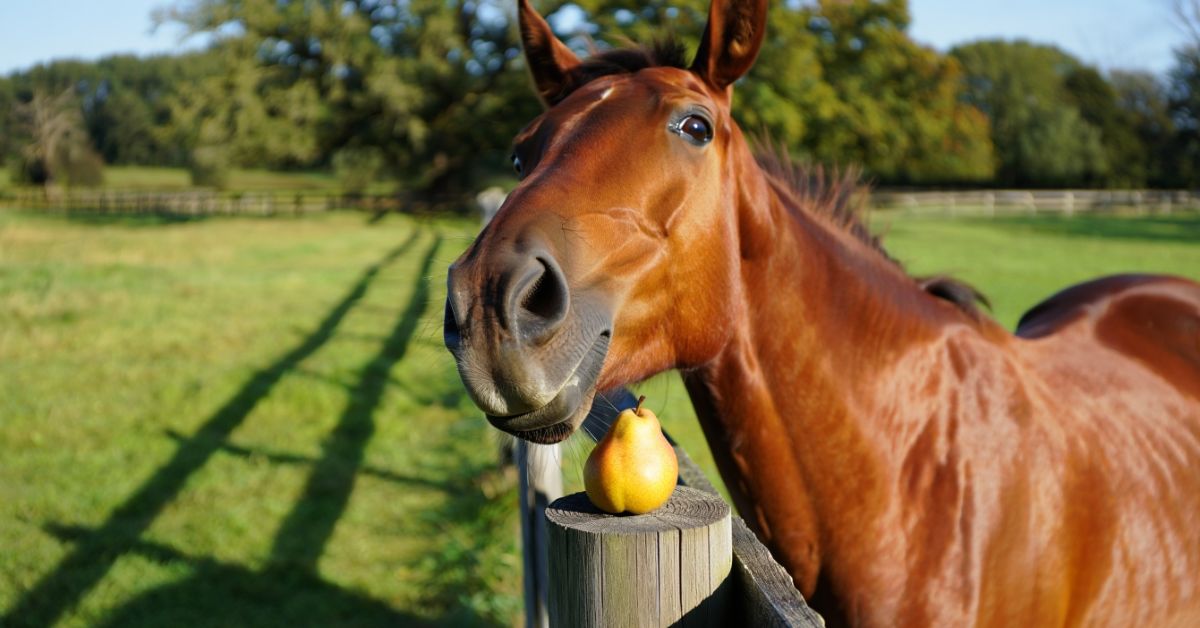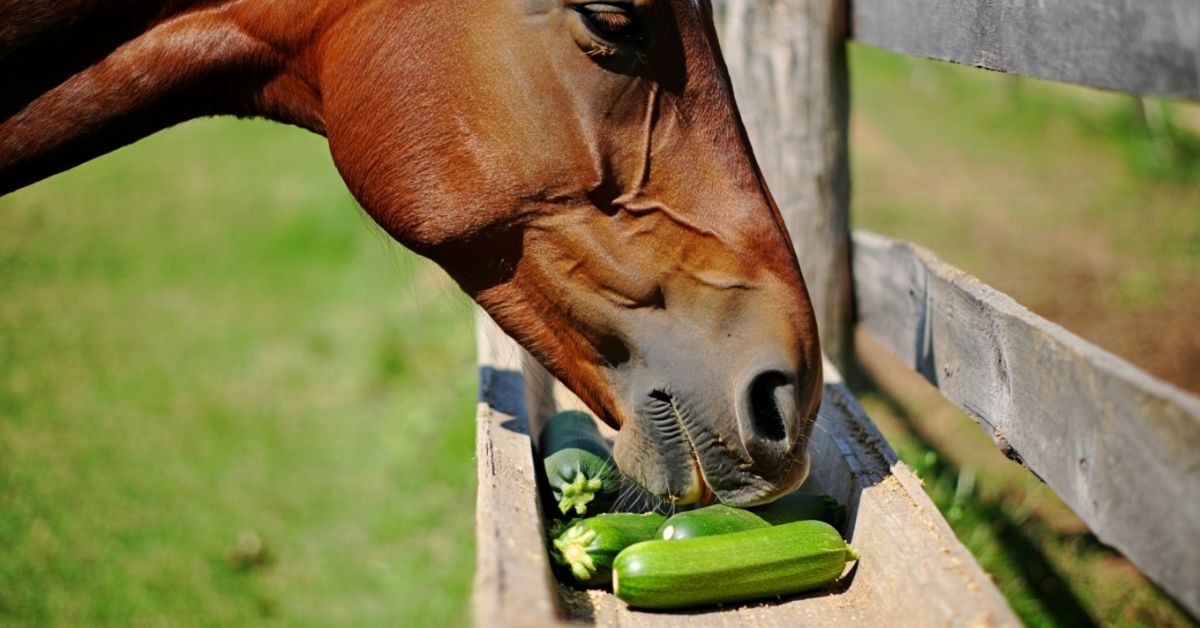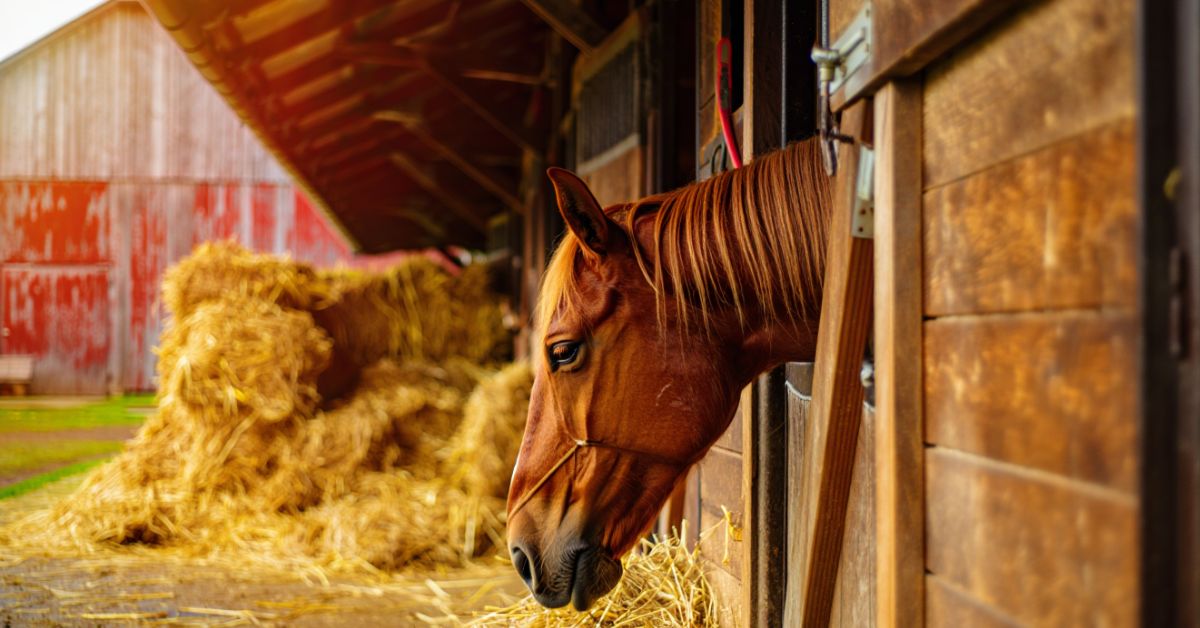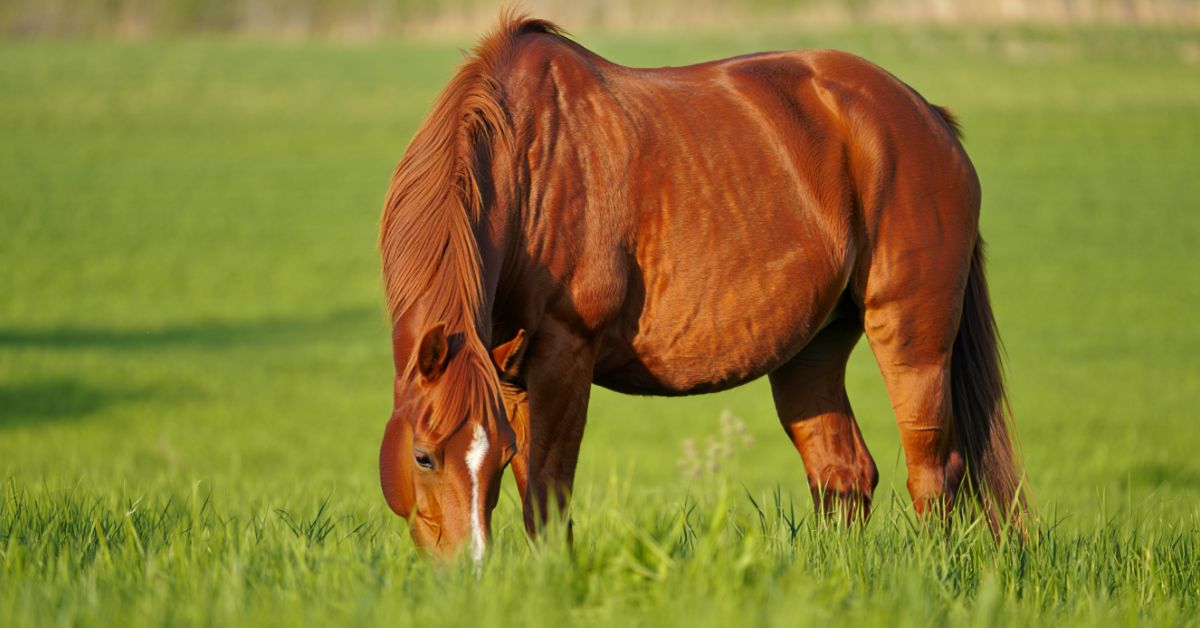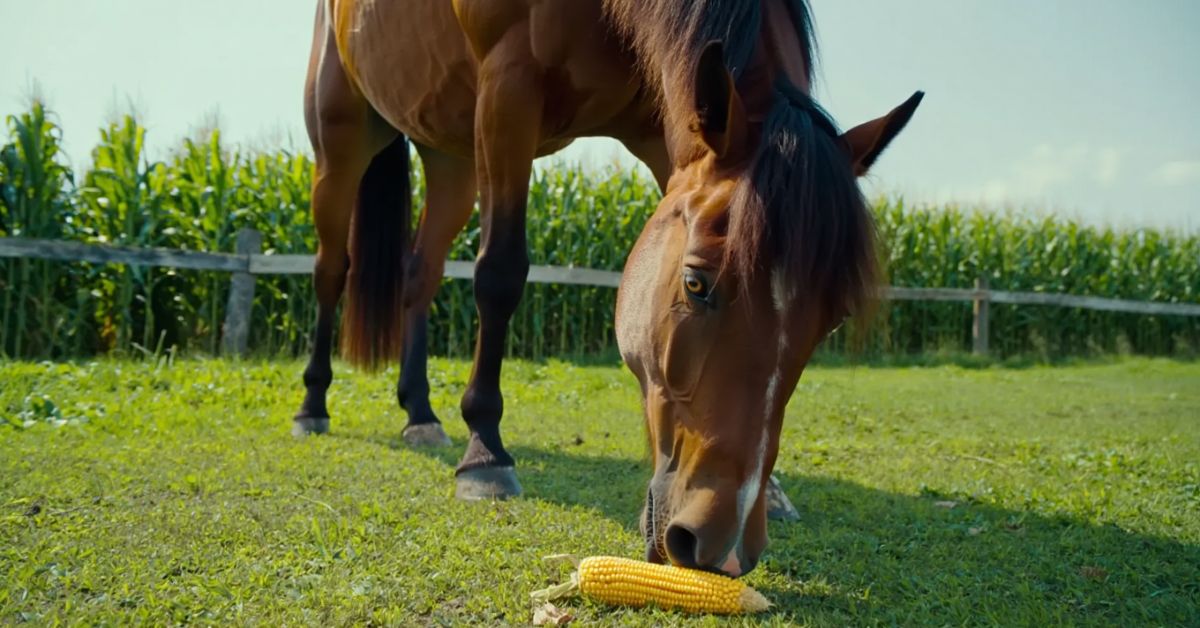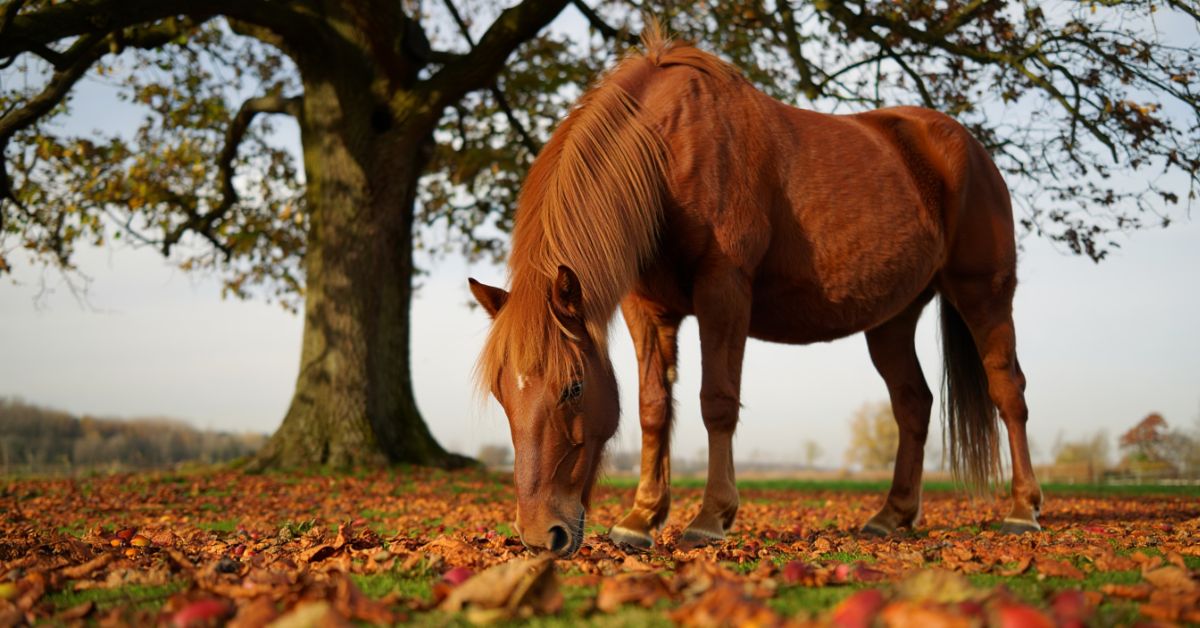
Where do horses live?
In North America, horses first appeared approximately 50 million years ago. They started off as small Beagle-sized herbivorous forest dwellers.
The ancestors of the modern horse moved via the Bering Strait to Eurasia some 10,000 years ago, where humans gradually domesticated them.
Every continent, with the exception of the Arctic and Antarctic, is home to horses. Wild horses like wide-open meadows with lots of grazing and often live in herds. Human-made habitats, such stables and pastures, are home to tamed horses.
Approximately 60 million horses exist in the world today, the majority of which coexist with people.
We’ll examine both the wild and domesticated horse populations globally in this post.
Delight the little horse lovers in your life with our fun and engaging horse-themed toys collection! Explore our playful Horse Toys that will keep them entertained for hours. Bring home a charming Horse Figurine for a touch of elegance, or let them bounce with joy on a fun Bouncy Horse. For cozy cuddles, check out our soft Plush Horse or a timeless Rocking Horse. If you’re looking for something extra special, a sturdy Wooden Rocking Horse will make a lasting gift. Don’t forget to challenge their minds with a fun Horse Puzzle. Shop now to bring the magic of horses into their playtime!
There are no more genuine wild horses in existence
Let’s dispel a frequent misunderstanding about “wild horses” before moving on. Naturally, the majority of people refer to horses that are free to wander and have little to no contact with people as “wild”. This description, though, is inaccurate because no really wild animal has ever undergone domestication during the course of its existence.
Today’s horses, which many still refer to be wild, are actually descended from domesticated ancestors. Such a species should be referred to as “feral.”
It was once thought that the archaic Przewalski’s horses of Mongolia were the only remaining wild horses. However, in 2018, researchers from Kansas University refuted this assertion.
According to their research, Przewalski’s horses are descended from the first known domestication event, which occurred about 5,500 years ago.
According to Sandra Olsen and her colleagues, the Botai tribe of northern Kazakhstan domesticated the horses that are the ancestors of Przewalski. Therefore, Przewalski’s horses are considered “feral” rather than “wild,” just like the American Mustangs.
Stallions in the wild
Interesting horse facts include the ability to quickly return to their original way of life after being let free. Horses in the wild are found in herds of 8 to 12 animals.
Horses naturally go toward expansive meadows where they can quickly see an oncoming predator.
You’ll notice that horses have properly adapted to life on the plains if you look closely. They can sprint quickly because of their lengthy legs that culminate in a single hoof and lack of a collarbone. Additionally, they now have nearly 360-degree vision thanks to the movement of their eyes to the side of their skulls.
Horses’ internal architecture also corresponds to their natural food and way of living. Horses can ferment and break down grass because to their lengthy, complex digestive tract, which includes a big cecum. Additionally, their relatively large hearts and lungs give them an advantage while fleeing from predators.
Where do wild horses live?
As was already said, feral horses are descendants of domesticated horses but now exist in the wild unaffected by humans. Semi-feral horses are those that coexist with humans on occasion but otherwise live in their natural environment.
Feral horse populations can be found in Africa, Asia, Europe, Oceania, North and South America. Formerly domesticated horses that were turned wild or escaped were once part of human herds.
Today, there are stray horses all throughout the world, and many nations have one or more herds that roam freely.
The American Mustang, the Australian Brumbies, the Namib Desert Horse, and the Welsh Pony are some of the most well-known feral horse breeds.
In actuality, Australia is home to the vast majority of wild horses worldwide. More than 400,000 Brumbies live freely over the continent, almost untouched by people.
With approximately 86,000 Mustang horses still roaming the range and 50,000 being housed in holding facilities, the United States also has a sizable wild horse population.
What Do Wild Horses Eat And Drink?
Most wild horses eat grass for food. When there isn’t much grass available, you’ll notice them eating roughage like leaves, twigs, shrubs, or tree bark. Approximately six to seven pounds of plant food are consumed every day by a mature mustang.
Wild horses will also drink from springs, lakes, transient streams or rivers, or water pools when it comes to water. To quench their thirst and search for natural mineral reserves, they will visit this location two to three times daily.
Horses will drink and move on, unlike other grazing animals, who will impede the regions near water sources. When temperatures are not too high, they will return to higher ground after every four to five days at a water source.
After a rain, wild horses can detect moisture in the air and can move swiftly to new water sources. After drinking, they’ll head back to a high location to seek safety.
The herds of wild horses camp close to water sources throughout the dry summer, fall, and spring months when there is a shortage of water.
Are There Predators on Wild Horses?
They do, indeed. Black bears, mountain lions, and wolves are their principal predators. However, compared to deer, gazelles, and other smaller grazing animals, wild horses face fewer dangers. Their survival rate exceeds 90%, and most herds are constantly growing by 20 to 25% year.
But why, in contrast to other grazing animals, are horses not in danger from natural predators?
Due to their diminutive stature, wolves, for example, lack the strength to ambush and kill a healthy, mature horse. Black bears and mountain lions are now the principal predators of horses.
In what ways have wild horses adapted to their surroundings?
You already know that wild horses live in a hard environment that is vulnerable to dryness, extreme food and water scarcity, and assaults by predators if you’ve read everything above.
So how do they remain alive?
1. They Can Handle Foods with Low Nutrition
Because they are herbivores, wild horses can only eat uncooked grass and grain. However, as a result of their predominately semi-arid habitats, there are few grazing grounds available, and those that are do cultivate low-nutritional flora.
On the grazing lands, there is frequently very little vegetation, especially during the hot, dry season. But wild horses have figured a how to get by on scarce, subpar food.
2. Herding Provides Greater Protection
Wild horses live in herds with one dominant stallion, as we mentioned earlier. While the stallion is in charge of protecting the animals, living in herds also protects them from predators.
Male youngsters who are old enough to reproduce but do not require their mothers’ care coexist with their moms in the herd.
When these guys, however, reach the age of four or five, they begin to draw fillies (females) from other groups to join them. However, as soon as they are identified, they are driven from their mothers’ herds and forced to form their own, where they mature into stallions and provide security for the group’s mares.
3. They are able to obtain water.
Mustangs know how to stay hydrated even when the environment makes it tough for animals to find water in the wild.
They will gnaw through thorny cactuses to extract water from the plant during hot, dry seasons. Additionally, when ice forms on springs, rivers, and water holes during chilly winters, mustangs will cautiously break through the margins of these water sources without risking plunging under the ice.
4. Newborns Cannot Be Seen
Wild mustangs coexist alongside wolves, bears, and mountain lions, all of which frequently prey on small, defenseless foals. Babies of wild horses are born with sand-colored coats to help them blend in safely with their surroundings.
They are also extremely swift, standing up minutes after birth and moving around in a matter of hours.
Equine Residents in a Domesticated Setting
Scientists estimate that horses have been present for about 5,500 years. In that time, humans have created methods for housing, caring for, and training these animals so that they can live happy lives next to us.
Stables, fenced-in fields, and paddocks are typical components of a horse’s domestic environment. Inside a barn, beside a tack room, feed room, wash room, and other amenities, stables are normally 12′ × 12′ enclosures.
The horse must always have access to some type of bedding in the stable, such as shavings from trees or straw. Since horses are sociable animals who require interaction with one another, it should ideally also permit the horse to view and touch other horses.
Horses are typically let out into grassy fields or paddocks throughout the daytime when the weather is nice. As a general rule, one horse needs around an acre to survive.
Horses need a place to be out of the elements, such as trees or a walk-in stable, therefore fields must always have a water source.
Replicating the horse’s natural surroundings as nearly as possible is part of good horsekeeping. Horses in the wild graze all the time and live in herds. As a result, we must never confine a horse to an indoor space for an extended period of time.
What nation owns the most horses?
Although horses can be found practically everywhere in the world, they are not dispersed equally. In general, temperate countries have more horses than those with extremely cold or hot climates.
With 7.9 million horses, China is the country with the most horses in the world. With 7.2 million horses, the United States comes in second, followed by Mexico with 6.2 million and Brazil with 5.9 million.
In comparison, countries like Algeria, Saudi Arabia, Greenland, and Norway have fewer than 0 horses.
It’s interesting to note that one nation has roughly the same number of horses as people. Since horses are so important to Mongolian culture and daily life, they are a necessity for the majority of families.
There is around one horse for every person in Mongolia, which has more than 3 million horses and 3.3 million inhabitants.
